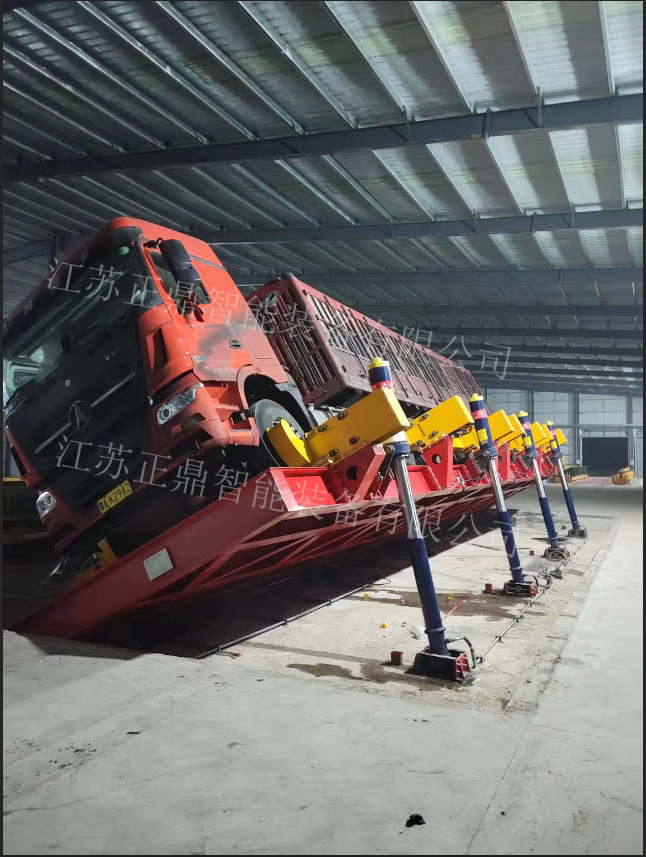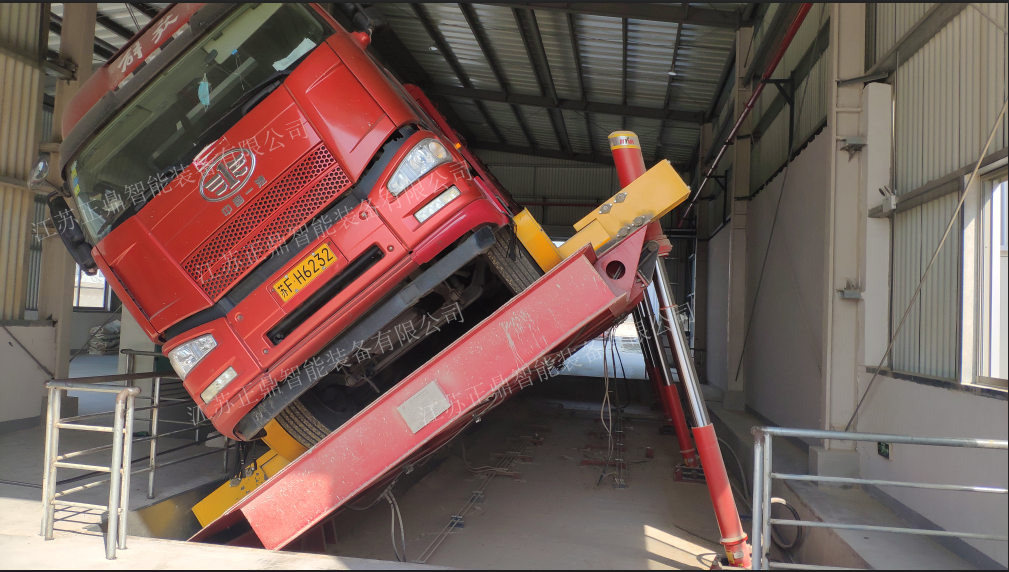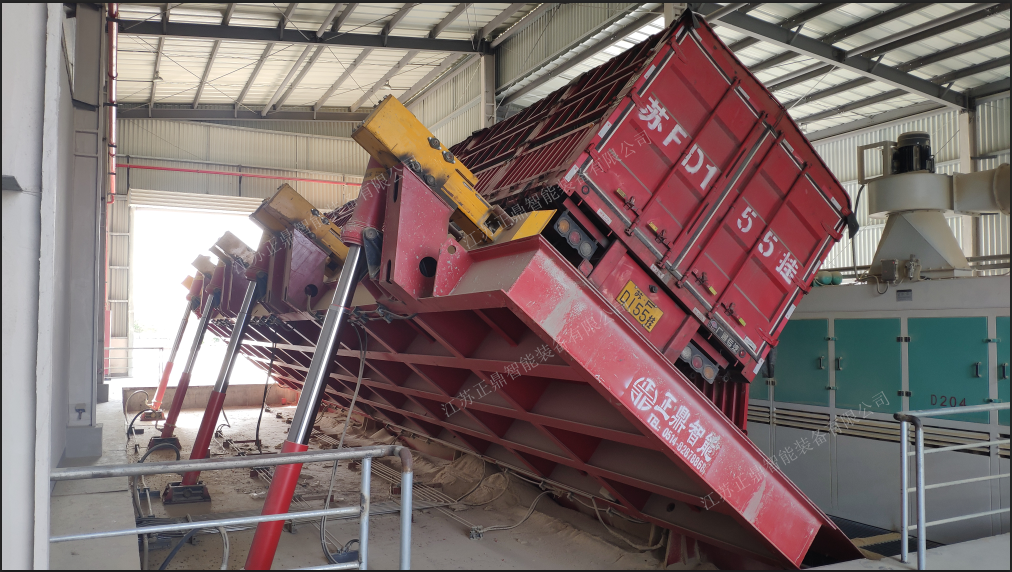container unloading solutions
Container unloading solutions represent cutting-edge technology designed to streamline and optimize the logistics process in warehouses and distribution centers. These advanced systems combine automated machinery, intelligent software, and ergonomic design to efficiently manage the complex task of unloading shipping containers. The solutions incorporate state-of-the-art conveyor systems, robotic arms, and sensor technology to handle various cargo types, from individual boxes to palletized goods. The technology utilizes smart algorithms to determine the most efficient unloading sequence, considering factors such as package size, weight, and fragility. Modern container unloading solutions feature advanced safety mechanisms, including emergency stops, motion sensors, and load monitoring systems to ensure worker safety and cargo protection. These systems can be integrated with existing warehouse management systems (WMS) to provide real-time tracking and inventory updates. The solutions are scalable and can be customized to accommodate different container sizes and cargo types, making them suitable for various industries, from retail to manufacturing. Additionally, these systems often include specialized lighting and visualization tools to assist operators in monitoring the unloading process and identifying potential issues before they become problems.


